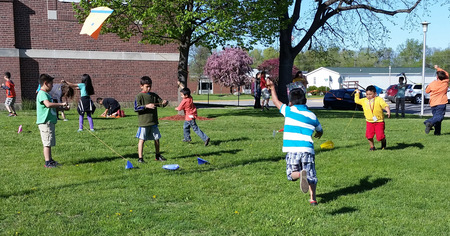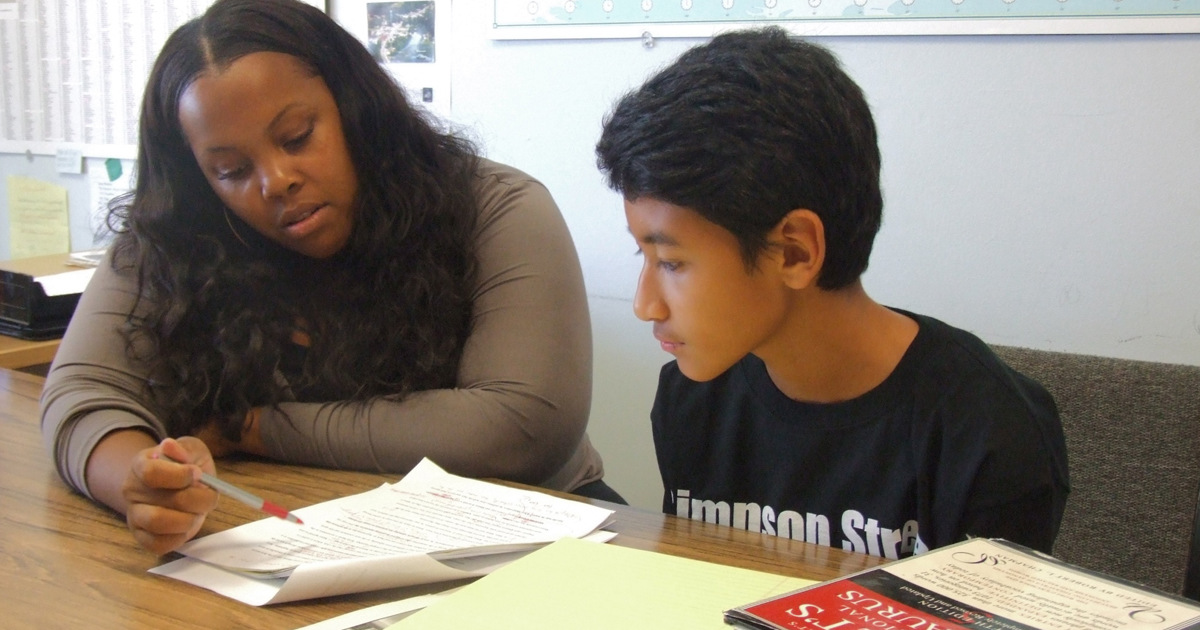There is a disparity in academic achievement between ELs and non-ELs. ELs "score lower on tests, get poorer grades, take fewer advanced or college prep classes at the secondary level, and graduate from high school at much lower rates than do native speakers of English" (Maxwell-Jolly, 2011). In 21st Century Community Learning Centers (CCLC) programs, more than 16 percent of participants are ELs (U.S. Department of Education, 2009).
21st CCLC and other out-of-school time (OST) programs can play an important role in helping close the EL achievement gap and meet the social and emotional needs of ELs. However, there is little information about how to best support ELs in the OST context, and the role, if any, of first or home language use in that support.
Tips for supporting English Language Learners through First Language use in Out-of-School Time:*
- Provide ELs with opportunities to speak in their home language (L1). This creates an environment where the focus is on ELs social and emotional needs, provides a sense of belonging and safety, and helps them to acclimate to a new country.
- Hire teachers in the afterschool or OST programs who understand the lives of ELs, or are from immigrant families themselves.
- Pair students with language partners. Whenever possible, it is helpful to have student with similar English-language fluency working together.
- Provide ELs with opportunities to speak in their home language, which honors students' culture,
- OST programs designed with ELs in mind can encourage English language production in a low-stakes environment as well as help them to develop academic language.
- OST programs can create opportunities to ELs to learn about the U.S. through activities such as mock elections, debates, and field trips.
- Combine funding sources, such as Title III and funds for migrant families to be able to provide wrap-around services for students.
*Tips generated from Google Hangout of topic experts listed below.
Resources:
- London, R., Gurantz, O., Norman, J. (2011). The Effect of Afterschool Participation on English Language Acquisition. Afterschool Matters, 13. Spring.
- Malone, Helen Janc. (2012). An Immigrant Student's Story: I was a Dictionary Girl. Education Week.
- Maxwell-Jolly, J. (2011). English Learners and Out of School Time Programs. Afterschool Matters. Fall.
- Weisburd, C. (2008). Gaining a Voice After School. Why After-School Programs Are a Powerful Resource for English-Language Learners. Education Week.
The following group of experts generously donated their time to participate in a Google Hangout that included a robust discussion about Supporting English Language Learners through First Language in OST:
- Cynthia Wise Galvan, was the district director for the Mercedes ISD 21st Century Community Learning Centers afterschool programs in Mercedes, Texas.
- Helen Janc Malone, Director of Institutional Advancement, National Director, Education Policy Fellowship. Institute for Educational Leadership, Washington, D.C.
- Wendy Pena, Education Program Director at Fresh Youth Initiatives in New York City, where she oversees The Welcome Program.
- Tavi Guimarães Popp, Education Programs Consultant, California Department of Education.
Click here to view the Google Hangout.




